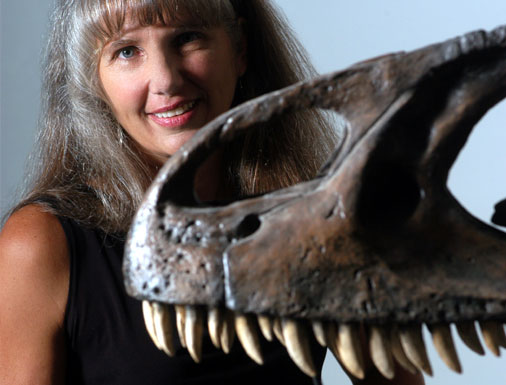Inside the Bones |
|||

| |||
Intro Note: We focus on the apparent blood vessels here, but Schweitzer's team found other soft tissues, including bone-building cells and fibrous bone matrix. For the full story, see her team's 2005 and 2007 papers on the findings, referenced in Links & Books. |
|||
| |||